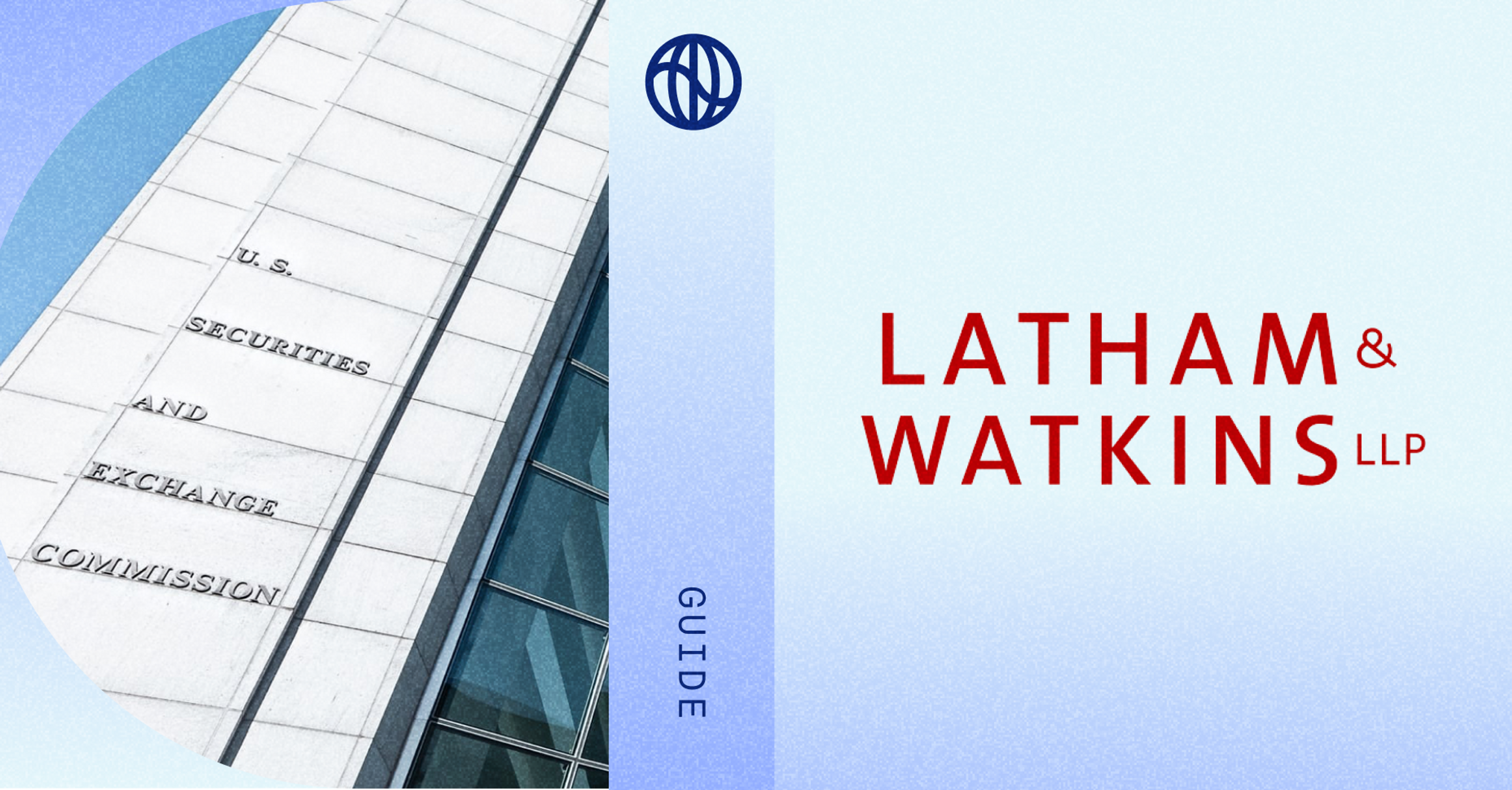
As the impacts of climate change intensify, climate risk analysis is becoming increasingly important for companies. Risks and opportunities from a changing climate exist for every business, and it’s crucial to understand them—both to comply with current and pending regulations and to strengthen your broader business strategy.
Regulators worldwide are beginning to compel companies to assess and disclose their climate risk exposure. These requirements form part of the proposed US Securities and Exchange Commission (SEC) climate disclosure rule, as well as numerous global reporting standards and frameworks such as the Task Force on Climate-related Financial Disclosure (TCFD) and the Corporate Sustainability Reporting Directive (CSRD) in the EU.
Regulators aren’t the only ones calling for greater transparency on climate risk. Investors, many of whom have made their own ambitious climate commitments, are increasingly requiring companies to disclose climate risk—and using these disclosures to assess long-term value.
Through our work with leading companies across industries, Watershed has found that the most significant climate risks can often be in the places you least expect. Prolonged drought might decrease the water supply needed to cool critical data centers, or spiking demand for rare minerals could disrupt supply chain disruption in unpredictable ways. This makes climate risk difficult to uncover without holistic analysis. In this guide, we’ll help you identify ways to discover and address climate risk within your business.
What is climate risk?
Climate risk can manifest both within a given organization’s direct operations and in its wider value chain. It impacts everything from assets like offices or facilities, to upstream suppliers, to downstream customers. Regulators typically divide the types of climate-related risks into two major categories:
- Physical risks, including acute physical risks like heat waves, flooding, or wildfires, and chronic physical risks like drought or sea-level rise.
- Transition risks, arising from the potential costs—and opportunities—of adapting to a lower-carbon economy. Risks range from policy, such as the introduction of a carbon tax, and technological advancements that disrupt supply chains and require new capital investments, to market and reputational risks from changes in energy costs and shifting market demand towards lower-carbon products.
Why businesses must act on climate risk
Financial market regulators globally have made it clear that the impacts of climate risks are crucial information for investors. Leading companies have fine-tuned their materiality frameworks and sustainability programs and are now taking more quantitative approaches to analyzing their climate-related risks.
However, many companies have not considered risks with the depth or the particular method that new regulations such as the SEC’s proposed climate disclosure rule would require.
While the SEC rule hasn’t been finalized yet, the CSRD technical rules already in place in the EU will require in-depth disclosure on physical and transition risks over the short, medium, and long terms. Companies will need to disclose a wide swath of information, such as the percentage of assets and revenue at material transition risk over each time horizon, locations of assets at material physical risk, and expected changes to net revenue from low-carbon products.
In the EU, the CSRD will cover more than 50,000 companies; in the US, more than 7,000 companies will be impacted by the SEC’s proposed ruling. California, Canada, and several other jurisdictions are also considering proposals that would ultimately require thousands of additional companies to disclose their climate risks.
As these new regulations raise the bar on climate risk disclosures, even companies that are not yet required to report climate risk will see increasing pressure from investors and financial markets to start disclosing it.
How to discover and assess climate risk
Whether you’re starting from scratch or have already identified your climate-related risks, Watershed can help you understand your climate risks and opportunities through:
- Identifying financial risk and opportunity across your upstream suppliers, downstream logistics, operational footprint, and revenue streams.
- Best-in-class risk identification methodology using our climate risk library, developed by our climate experts and data scientists.
- Quantitative scenario analysis using leading climate models.
Some of the hidden climate risks and opportunities that we’ve helped customers uncover include:
- Insufficient insurance coverage for critical infrastructure assets due to quickly accelerating risk from extreme weather events.
- Significant medium-run increase in cost of goods sold due to key suppliers being exposed to rising energy costs.
- Crucial revenue opportunities by being ahead of industry peers on meeting science-based climate targets as large companies like Walmart increasingly encourage their suppliers to have climate targets in place.
Our analysis can help you take action now to mitigate future costs and prepare your disclosures, giving external stakeholders confidence in your business. If you’re interested in learning more, please get in touch.









